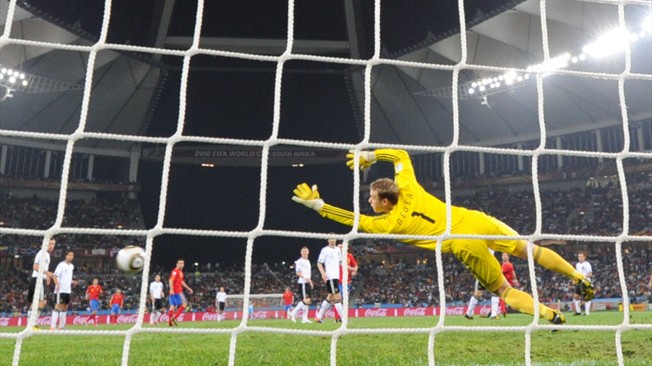The American President Donald Trump wants to make America great again. At the heart of his plan to make America great again lies the idea of encouraging American manufacturers, Trump wants to implement tariffs on imports into America from other countries. He has already implemented tariffs on steel and aluminium.
This method of trying to make America great again by forcing Americans to buy stuff made in America, goes against basic principles of economics.
One of the most quoted paragraphs in economics was written by Adam Smith in a book called The Wealth of Nations. Steve Pinker writes about this in Enlightenment Now—The Case for Reason, Science, Humanism and Progress: “Smith explained that economic activity was a form of mutually beneficial cooperation: each gets back something that is more valuable to him than what he gives up.”
As Smith put it: “It is not from the benevolence of the butcher, the brewer, or the baker that we expect our dinner, but from their regard to their own self-interest.”
Hence, exchange is at the heart of any market. Trump is basically trying to clamp down on this exchange, which ultimately makes things cheaper for Americans.
The reason why the United States lost its manufacturing prowess over the years, is simply because other countries produced similar or better goods at a cheaper price. Take the case of China. In 2017, the United States ran a trade deficit of $375 billion (or more than a billion dollars a day) with the country.
Why did the situation come to this? The answer lies in the fact that China produced stuff that American consumers wanted to buy, at a much more competitive price than the American manufacturers did.
Of course, the American consumer benefited from this because he had to pay a lower price than if he had bought the same thing from an American manufacturer. As Smith had said, “through voluntary exchange, people benefit others by benefitting themselves”.
Americans benefited because of competitive pricing of Chinese goods and the Chinese benefited because they got dollars in return for what they sold. Of course, it needs to be said here that Americans paid paper dollars for tangible goods from China.
These dollars earned by China helped pull many millions of Chinese out of poverty in a period of around four decades starting in 1978. At the same time, it helped America maintain a lower rate of inflation, though many American jobs were lost due to lack of competitiveness of American firms.
The Chinese companies earned dollars while selling stuff in the United States. But they couldn’t spend these dollars in China because the Chinese currency happens to be the renminbi (also known as the Yuan). They exchanged these dollars with the Chinese central bank, the People’s Bank of China, which gave them renminbi to spend. The Chinese central bank then invested a good portion of these dollars in financial securities issued by the American government and other American institutions.
This flood of dollars from China and other big exporters earning dollars, helped keep interest rates low in America.
Donald Trump is now looking to break this arrangement that has been in place for the past few decades. As economist Ludwig von Mises put it a few centuries after Adam Smith: “If the tailor goes to war against the baker, he must henceforth bake his own bread.”
By imposing tariffs, Trump will force American consumers to buy expensive American goods. And this will not create any jobs. Take the example of steel. Buying American steel will make things more expensive for American car manufacturers.
They will either pass on this increase in cost to the American consumer, who will then have to cut down on expenditure somewhere else. If they don’t do that and decide to maintain the cost, they will have to fire a few employees that they currently employ.
All in all, there are no short-cuts to make America great again. The only way is to be competitive. The sooner Trump understands this, things will be much better.
The column originally appeared in the Bangalore Mirror on March 22, 2018.
